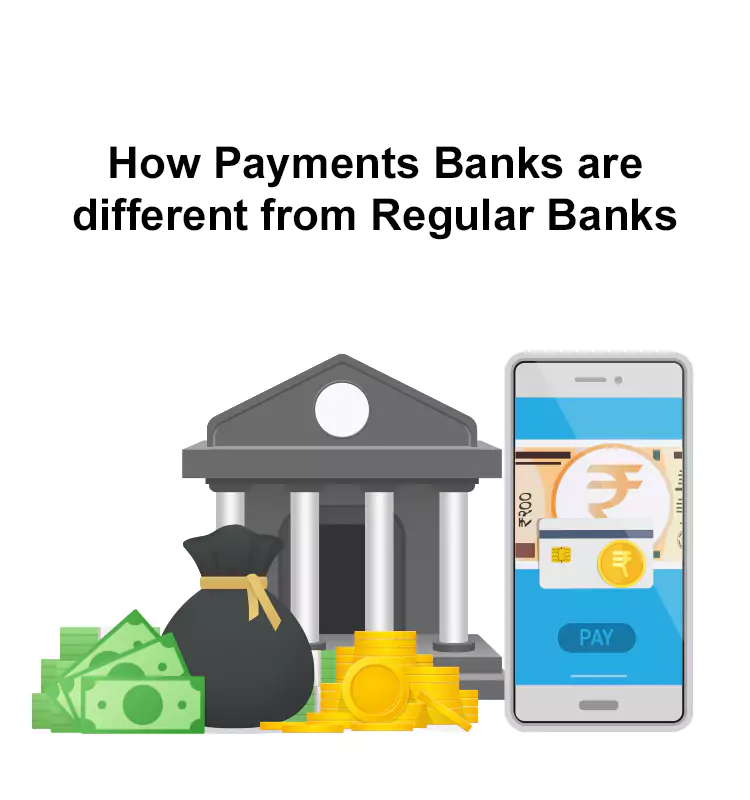How Payments Banks are different from Regular Banks
Payment banks are primarily based on the new business model proposed by the Reserve Bank of India. These banks can basically offer all services offered by normal banks and financial institutions. Financial transactions like loans, credit cards, etc. are important for a regular bank visitor.
Digital Payment – Different Modes & Benefits
Digital payment banks can open both current and savings account for you., the only difference being the virtual touchpoint. These payment banks can do it all just like regular banks, e.g. debit/credit cards, net banking, mobile operated transactions and more. The India Post Payments Bank was launched by the Government of India. It has not only turned popular but also guarantees 4% interest on savings account.
This bank has widely opened in the country with about 650 districts and 3250 access points. The Government promised to have nearly 1.55 lac post offices linked to the online portal for easy digital transactions and they also converted this to reality. After this discussion, you may think why it is relevant talking about post offices, when the argument started with banks. In that sense, post offices are trying to digitize as much as possible with their online payments. You may be forced to think that payment banks are too technology driven, and difficult.
Gradually payment banks are establishing with time and leaving a good impression. The introduction of India Post Payments is nothing new. In the recent years, several payment banks have been launched and stayed for something unique. Companies like Airtel, Paytm, Jio, Aditya Birla, etc. have come up with an edge in the market.
What is meant by Payment Banks?
Do you understand a payments bank? Let’s see how it really operates: A good payments bank permits you to carry on all banking transactions like cash withdrawal, deposit, allowing loans, sanctioning insurance. All this can be easily operated using a mobile handset.
Reserve Bank of India’s Viewpoint The effort of RBI goes long back in time with its digitization in the banking processes. Payments bank in India showed marvelous results in its quarter performance and marked the beginning for several digital endeavors. This has been made possible with the under-consumption statistics of the banking sector. It’s surprising to see such a large proportion not using banking services.
The idea proposed has enabled quick banking for individuals who do not have access for years. The Reserve Bank of India has also worked it out with the perspective to provide additional facilities to people. In-fact, the overall percentage of engagement has risen drastically.
Payment banks v/s Regular banks
Payment banks v/s Regular banks- A comparative How do regular banks differ from payment banks? One can deposit money upto 1 lac under a payments bank category however, it is limitless for a regular bank. Let’s see it as under: Credit cards and instant personal loans can be positioned differently by the payment banks. Debit cards are allowed under both categories however credit cards and loans are not. This is only doable if the concerned bank ties up with the regular bank.
- Payments banks can be started with a minimum capital of 100 crores and with 40% of their total capital. Regular banks require larger capital, amounting to at-least 500 crores for improved scale and operations.
- Opening an account in a regular bank is tedious however making it online has another level of convenience.
- Many regular banks need you to have at-least a minimum balance in your account. Whereas in a payments bank, no minimum balance is required. Any balance according to your potential is admitted. These are fully zero balance accounts, and owing to their digital nature, no changes are admissible.
- Interest rate: Payment’s bank has a higher rate of interest compared to regular banks. Payments banks offer nearly 4% returns on the account whereas regular banks have it generally lower.
Eventually RBI will allow higher number of payment banks for better financial inclusion and management.
Related Topics

- Financial Literacy
4 Easy Ways to Know Your PF Account Number & Balance
Members of the EPFO program now have relatively easy access to the EPF facility thanks to the Employees’ Provident Fund Organization (EPFO).

- Financial Literacy
Rebuild Your Credit with These 5 Simple Ways
It might be more difficult to rebuild your credit than it is to start from scratch.

- Financial Literacy
Personal Loan Vs Line of Credit, What is the Best Option
Every line of credit exhibits different characteristics compared to a regular loan.

- Financial Literacy
Kill Your Financial Demons this Dussehra
India is the land of cultural diversities and celebrations.

- Financial Literacy
6 Major Pros and Cons of Refinancing Student Loans
Whenever you’re wishing to lower your interest rates & save some money, it’s favorable to use student loan refinancing. Though, refinancing is not the best option to choose from.

- Financial Literacy
How to Make Money Even While Sleeping?
How would it be to have money credited to your bank account even while you’re sleeping at night?

- Financial Literacy
How to Apply for a Home Loan in India- A Full Overview
Home loan or housing loan is a certain amount of money borrowed by an individual to purchase a house or any piece of residential property for a specific time period.
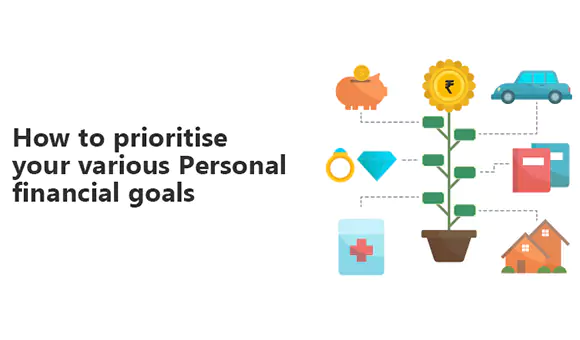
- Financial Literacy
How to prioritize Your Various Personal Financial Goals?
Ideating & building on financial goals is an important yet creative job for individuals, if not for all.

- Financial Literacy
How to Apply for Easy loan on Existing Business in India?
Just as difficult as it sounds a loan can be sanctioned by a bank, NBFC or an online P2P lending platform. P2P lending platforms are basically NBFCs as watched by RBI and the statutory bodies.
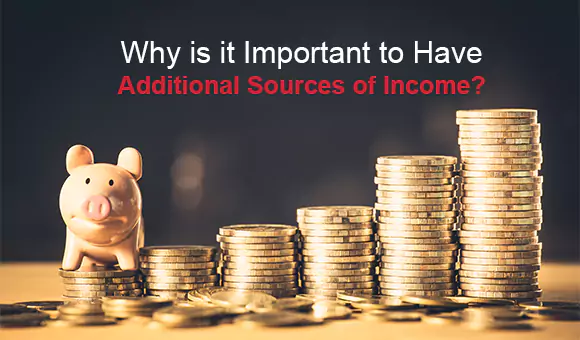
- Financial Literacy
Why is it Important to Have Additional Sources of Income?
Having additional sources of income is a necessity these days, and must be always worked for.

- Financial Literacy
Which are the most Featured Type of Credit Cards?
The gaining popularity of credit cards is quite evident & can be seen denting an impact on the lending & borrowing space.
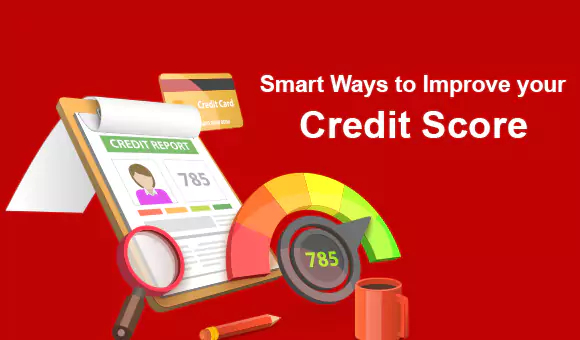
- Financial Literacy
Smart Ways to Improve your Credit Score
As everyone is aware, a credit score is a statistical number that represents how you have used your credit over a specific period of time.

- Financial Literacy
Top 10 Important Financial Moves to Make Before Hitting 30
We all want to grow rich. We work round the clock, push our limits to work over-time, and shift jobs which offer a good pay.
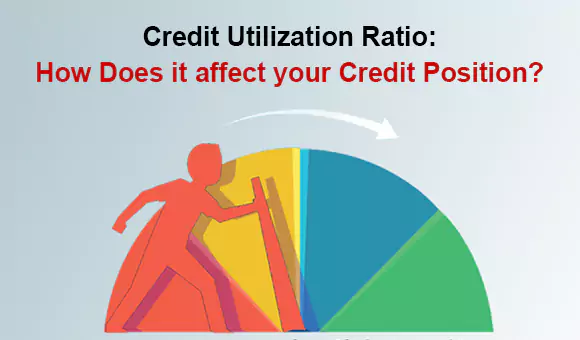
- Financial Literacy
Credit Utilization Ratio: How Does it affect your Credit Position?
Credit utilization is defined to be the ratio of outstanding credit card balance to credit card limits.

- Financial Literacy
How is Credit Score Relevant to You?
All loan or credit card payments, repayments, defaults and more reflective in your credit history of the individual, using which the credit score is arrived at.

- Financial Literacy
How to Apply for a Home Loan in India
Home loan or housing loan is a certain amount of money borrowed by an individual to purchase a house or any piece of residential property for a specific time period.

- Financial Literacy
How to apply instant personal loan from Home Credit?
Home Credit is a leading personal loan provider in the fastest moving financial market.

- Financial Literacy
How is Home Credit a better option for Home Improvement Loan?
From the beginning of our career, we channelize our efforts to build an owned house.

- Financial Literacy
7 Tips to Manage your Finances Better
It is 1st of the month, and you get a message on your phone saying that some amount has been credited to your bank account.
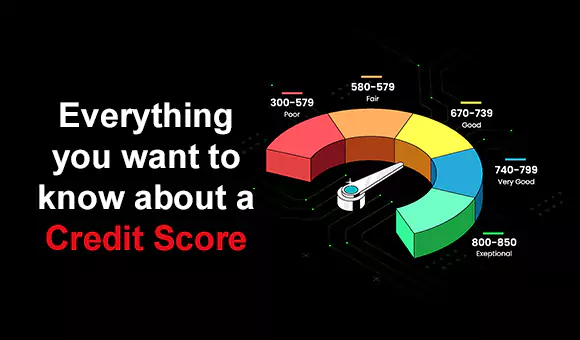
- Financial Literacy
Everything you want to know about a Credit Score
To determine a credit score, several factors are considered as the type of employment, repayment potential, personal assets are verified before providing a loan.

- Financial Literacy
Tips for the first time ‘Cash Loan’ takers
Every first experience you have leaves you thrilled.
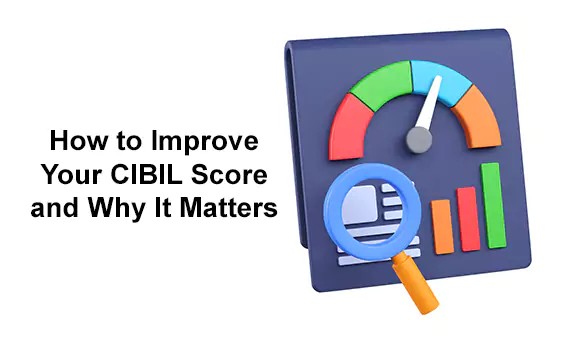
- Financial Literacy
How to Improve Your CIBIL Score and Why It Matters
We know that there are parameters to check the health status of an entity.

- Financial Literacy
How to get home equity loan with bad credit?
When you build a new house, you hope to build lifetime memories in it.

- Financial Literacy
How to break the Credit Cards addiction?
Are you carrying multiple credit cards in your wallet?
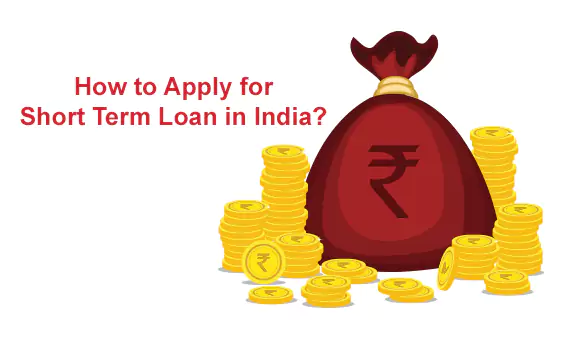
- Financial Literacy
How to Apply for Short Term Loan in India?
Majorly, personal loans are long-term and have high interest rates on the lent amount.

- Financial Literacy
Distinguish between business loan and micro loan.
The difference between a business loan and micro loan lies in the scope of the two.

- Financial Literacy
Quick Steps to Link your Mobile Number with Aadhaar-The New “Trust” Factor
About 1.2 billion people have an Aadhaar number today which is about a whopping 99% of the adult population of our country.

- Financial Literacy
6 Things that Show on Your Credit Report
There is no surprise to reveal that a credit report reflects on your past credit transactions.

- Financial Literacy
7 Things You Must Do for Successful Verification & Get Instant Cash Loan Approval
A few years ago, the lending process in India was cumbersome where

- Financial Literacy
How to apply for a Cash loan Online?
Getting cash loans have become easy nowadays.

- Financial Literacy
How to Get a Higher Credit Limit Easy?
Let us start with the main question whether you want to increase the credit limit or not.

- Financial Literacy
What is the Perfect Credit Score for a Small Business Loan?
To begin, small businesses typically base their operations on the investment received from reliable sources.

- Financial Literacy
Checklist for a Small Business Loan Application
Taking a small business loan from a reputed lender may increase your chances of quick loan approval.
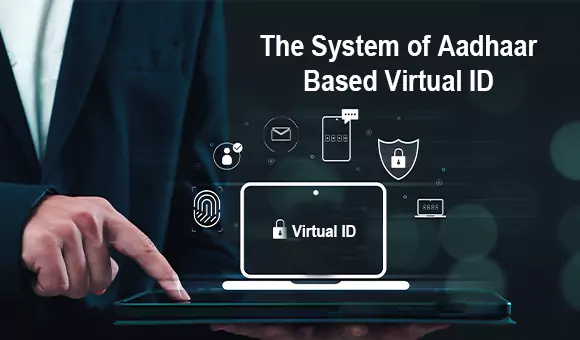
- Financial Literacy
The System of Aadhaar Based Virtual ID
Unique Identification authority of India (UIDAI) has launched Aadhaar Virtual ID also known as VID, a temporary ID to be used at all places.

- Financial Literacy
Important Customer Advisory: Protect Yourself from Financial Frauds
At Home Credit, your financial safety and security are our highest priorities.

- Financial Literacy
Reasons Why You Should Approach an Online Lender for Loans
We all need to borrow money at some point in our lives to fulfill our goals and desires.

- Financial Literacy
Financial Lessons to be learnt this Diwali
Diwali, the festival of lights offers interesting financial lessons which can be used for future planning.

- Financial Literacy
How do Credit Cards Work and What to Know?
A credit card is a convenient mode of payment made of plastic that allows you to make purchases online/ offline without parting cash.

- Financial Literacy
Safeguard Your Financial Journey with Home Credit Safe Pay
In a world that’s constantly evolving, financial security has taken on a new level of importance.

- Financial Literacy
Ways Women Can Manage Their Finances Independently
In our patriarchal society, women have been put down for decades

- Financial Literacy
Can’t find a guarantor for a loan? Here’s what your option
If we talk about a classic example, we should be able to go to the bank, submit our paperwork, and receive approval from them almost immediately – without any other detours.
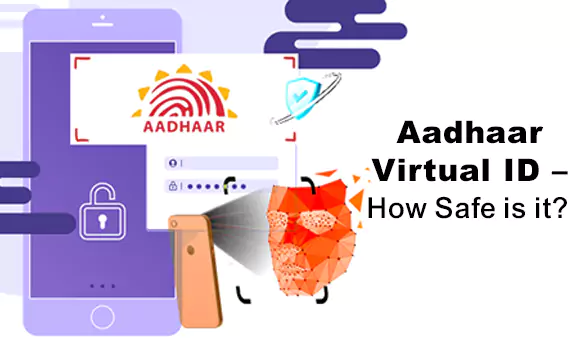
- Financial Literacy
Aadhaar Virtual ID – How Safe is it?
You will now be using your Aadhaar virtual ID or VID similarly as you utilize your Aadhaar card details when it comes to banking operations, telecom organizations and so on.
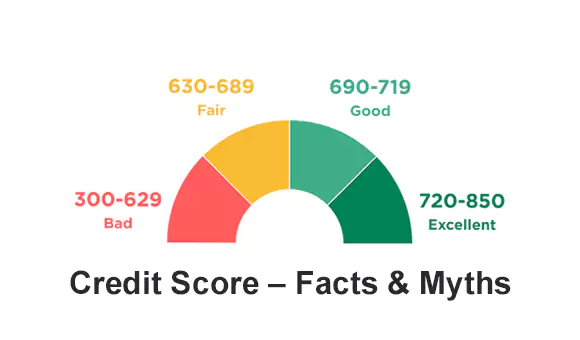
- Financial Literacy
Credit Score – Facts & Myths
A credit score is a significant number for the lenders and borrowers, both. Along with the credit score, the credit report helps substantially o estimate the borrowing capacity of the prospects now and later.

- Financial Literacy
Reasons Why Instant Loans Help You Overcome Emergency Situations
Life is unpredictable; you never know what it may have in store for you.
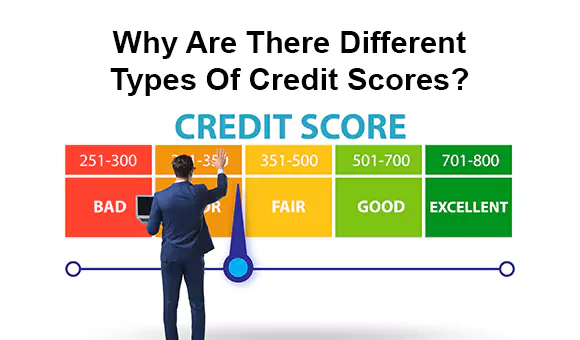
- Financial Literacy
Why Are There Different Types Of Credit Scores?
The borrower’s credit history and trustworthiness become important criteria that help lenders decide whether to provide him or her with a loan or not when it comes to obtaining a collateral-free loan, whether it be a small business loan or a personal loan.

- Financial Literacy
Aadhaar Virtual ID And its Benefits
Considering the protection of the individual information including the statistic and biometric data specified on the Aadhaar card, UIDAI has of late chosen to think of one of a kind element, named as Virtual Aadhaar ID.
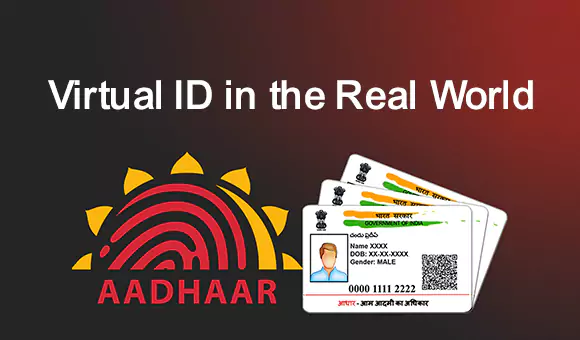
- Financial Literacy
Virtual ID in the Real World
Have you heard about Virtual ID? UIDAI introduced Virtual IDs after facing concerns over security of users’ data.

- Financial Literacy
Tired of Unwanted Calls? Reclaim Your Peace with TRAI DND!
In today’s digital age, our phones are irreplaceable, but they also bring tons of unwanted calls and messages.
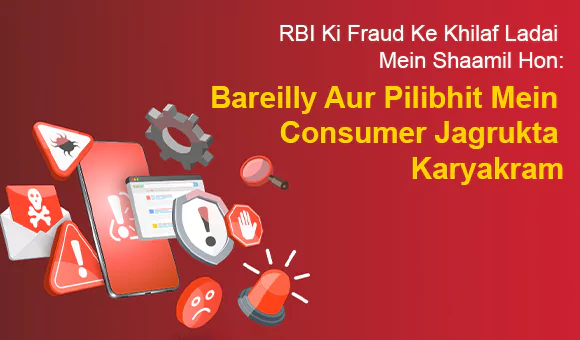
- Financial Literacy
RBI Ki Fraud Ke Khilaf Ladai Mein Shaamil Hon: Bareilly Aur Pilibhit Mein Consumer Jagrukta Karyakram
Bharatiya upbhokta ke roop mein, aapke paas fraaud ke khilaf ladne ke bohot se adhikar hote hain aur Reserve Bank of India unhe surakshit rakhne ke liye ek RBI Consumer Awareness Program shuru kar raha hai. Kanpur ke RBI Ombudsman Office aapko jagrukta ke madhyam se shakti pradaan karna chahta hai.

- Financial Literacy
How to Build Your Credit Score from Scratch?
Your credit score is a critical aspect of your financial health.

- Financial Literacy
How to Get a Personal Loan for Self-Employed Individuals?
In today’s dynamic economy, more and more people are opting for self-employment as it offers flexibility and the opportunity to pursue one’s passion.

- Financial Literacy
Instant Personal Loan In 3 Easy Steps
Traditionally, extensive documentation, manual processes, multiple bank visits, endless paperwork, and a long wait for disbursal were a part of availing a personal loan.
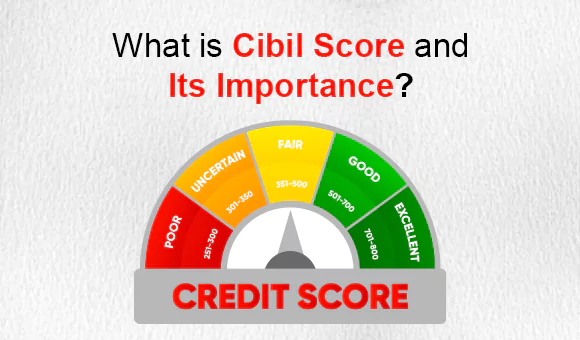
- Financial Literacy
What is CIBIL Score and Its Importance?
A CIBIL Credit report consists of all the particulars related to your borrowing history and the discipline of its repayment.

- Financial Literacy
All You Need to Know About Credit Score
Have you ever been wondering about what a credit score is? What’s all the big fuss about it? Understanding them will benefit you at some time in your life.

- Financial Literacy
Useful Tips for Personal Loan EMI Management
In today’s fast-paced world, personal loans have become an essential financial tool to meet various needs and aspirations.

- Financial Literacy
Does the Purpose of Personal Loan Affects Loan Approval?
When it comes to personal finance, taking a personal loan is often seen as a versatile solution to meet various financial needs.

- Financial Literacy
Pros and Cons of Long-Term Personal Loans
Personal loans are one of the most popular forms of borrowing, allowing individuals to obtain funds for various purposes

- Financial Literacy
Personal Loans Vs. Mortgage: Choosing The Right Path To Financial Freedom
When it comes to achieving financial freedom, making the right choices about borrowing money can be a pivotal decision.

- Financial Literacy
Understanding Personal Loan Interest Rates and Calculations
Personal loans can be a great way to manage big expenses or emergencies, but do you know how their interest is calculated? It’s not as tricky as it seems!

- Financial Literacy
5 Financial Lessons to Master by Age 30
Many lessons learned can be financially draining, take them all seriously to take critical financial decisions that may be skipped otherwise.

- Financial Literacy
3 Smart things to know before Co-Signing a Loan
When an instant loan is applied for both the co-signer and co-borrower are equally responsible for the loan taken.

- Financial Literacy
10 Things that Lower Your Credit Score
When it comes to your credit score, there are some things that can make it go down.

